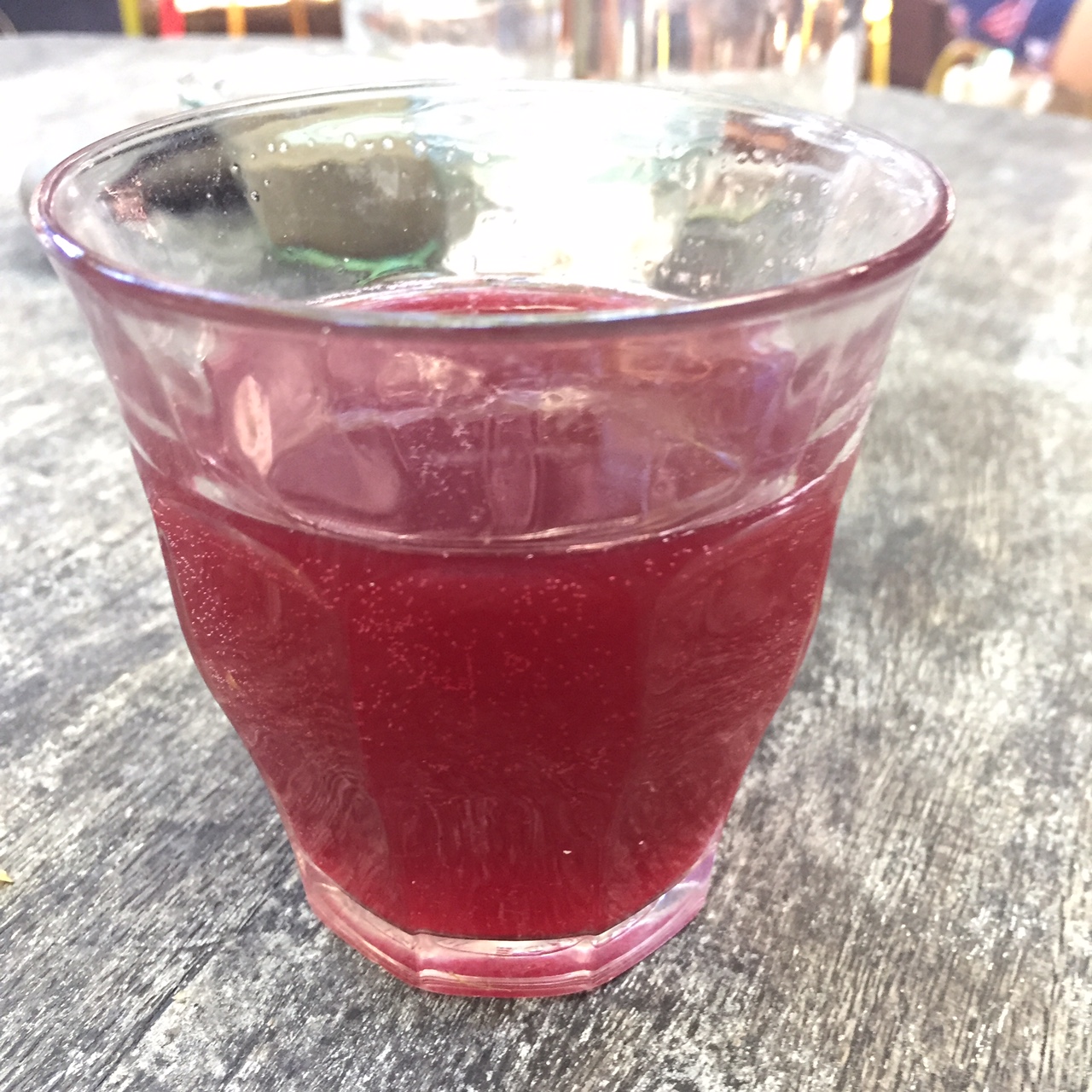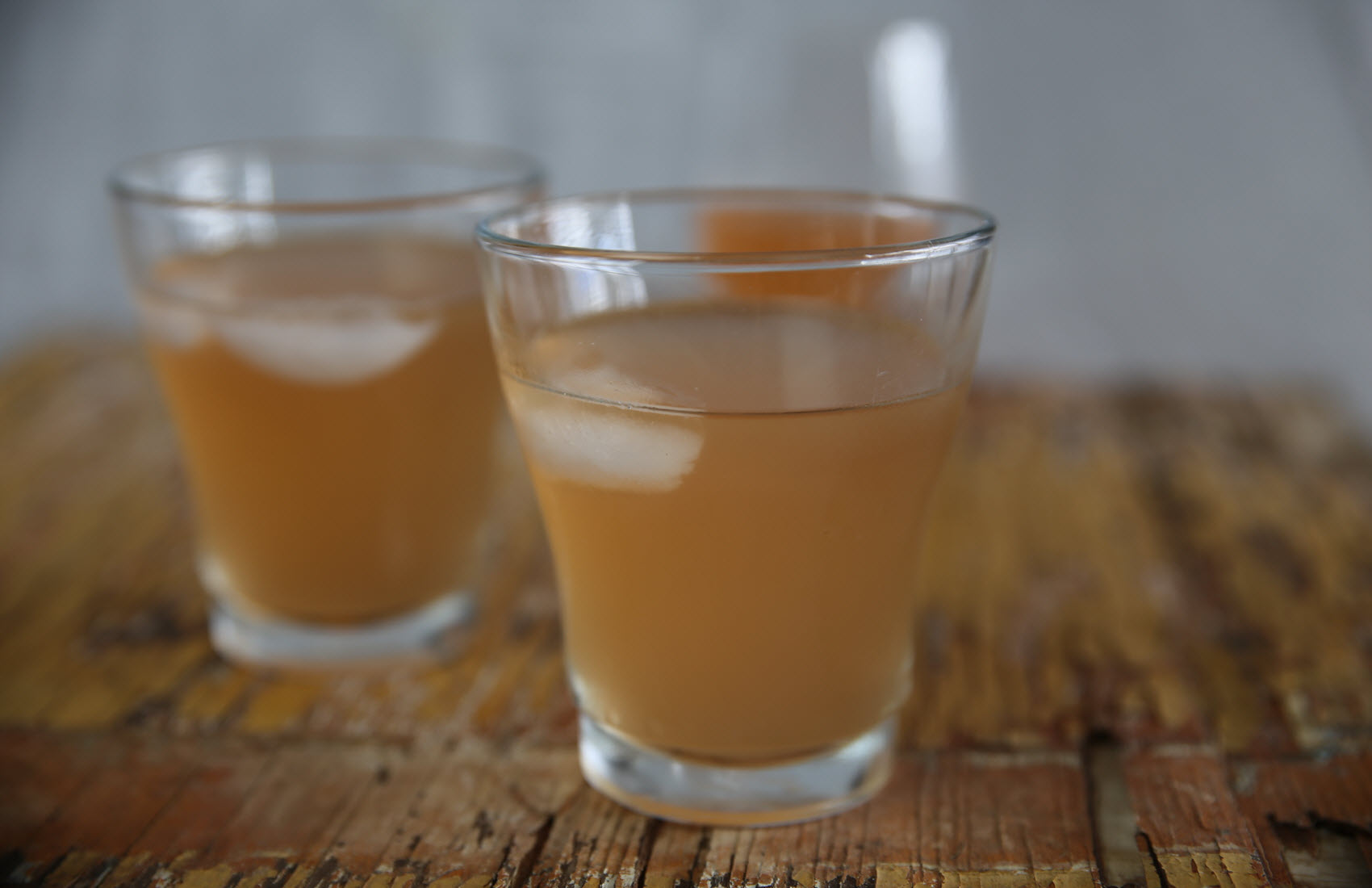- Home
- Blog
- Super Foods
- Kombucha – should you be drinking it?
Kombucha – should you be drinking it?
Written by Catherine Saxelby
on Wednesday, 22 March 2017.
Tagged: drinks, food trends, food variety, super foods, trends, wellness

Does Kombucha (pronounced kom-boo-chah) really shape up as the magic elixir of life that the wellness gurus make out? Is it a “super food”? Should you start making it at home? Is it something to add to your daily intake?
The answer
The short answer is "not really". If you want to add fermented food to your diet you’d be better off making your own sauerkraut at home which is quicker and easier.
The long answer? Well, you MAY be getting some friendly bacteria to help your digestion or gut function but no-one knows for sure, and there is likely to be significant differences due to natural variations in the organisms used in the fermentation. There’s not a huge amount of research into Kombucha’s health benefits. To my way of thinking, its greatest advantage is its lower sugar content combined with its refreshment value as a tart, effervescent drink.
Remember, making Kombucha is like making your own yoghurt, kefir or sourdough at home – you need a starter or the “mother” and you have to feed it regularly to keep it alive and growing. Once you start, you should keep it going, something that’s not always possible in our busy, on-the-move, lifestyles.
What is Kombucha?
Kombucha is a slightly sweet, slightly acidic, fermented beverage based on tea, generally black tea but occasionally green or herbal tisanes. It is made from water, tea, sugar, bacteria and yeast.
It’s a little fizzy which is refreshing and is drunk for its supposed health benefits which are mainly improved digestive balance and gut health from the bacteria you ingest. It’s been drunk for this health reason for centuries in Japan, China, Russia, Germany and the USA.
It is obtained from an infusion of tea leaves with a SCOBY (which stands for a “Symbiotic Culture Of Bacteria and Yeast”). The fermentation by this “tea fungus” or “mother” is the process that ferments the sugar and yields acetic acid (which gives a characteristic sharp taste), carbonic acid, alcohol and carbon dioxide gas that adds the bubbles.
Kombucha - a slightly sweet, acidic, fermented beverage made of water, tea, sugar, bacteria & yeast.
Yes, you start with sugar but it largely disappears during the Kombucha making. Ideally you’re left with only one per cent sugar. In a 125ml serve, which is half a glass, that’s 1.25 grams or about 1/4 of teaspoon of sugar, which is hardly anything. In contrast, half a glass of soft drink has around 12 grams or 3 level teaspoons.
How do you make Kombucha at home?
To make one batch of about two litres, here’s the simplest method that I’ve been able to glean from various websites. Thanks to a detailed research paper for their clear simple lab method which I’ve adapted.
Ingredients – you’ll need:
- 2 litres tap water
- 5 black or green teabags or 2 level teaspoons (10g) tea leaves
- ½ cup sugar or 110g
- 1 pancake of SCOBY
Instructions
- Boil the tap water. Pour it over the teabags or tea leaves in a large jug or container.
- Add the sugar to the tea, and stir to dissolve. Leave about 30 minutes to brew and cool to room temperature. Remove the tea bags or sieve to remove the tea leaves.
- Pour the cool brewed tea into a large, clean sterilised glass jar and add the SCOBY. You'll have to get this from an aquaintance so a nice exchange.
- Cover jar with cheesecloth, muslin or paper towel and secure with a rubber band or string. This is to keep insects, especially Drosophila fruit flies, away.
- Leave to brew for a week or more to taste in a cool dark place at room temperature. In the next few days, the newly-formed daughter culture will start to float and form a thin gel-like membrane across the surface of the SCOBY. This is the new tea fungus which grows over the old tea fungus which began the fermentation.
- Soon, the tea will start to smell fermented and you should see tiny gas bubbles appearing. This is what you want. After a week, smell or taste each day. The Kombucha will become less sweet the longer it is brewed.
- When ready, remove the SCOBY and reserve with a little of the liquid. Store it in the refrigerator for a future batch. Pour the Kombucha into 4 bottles, close and refrigerate.
To serve:
Pour into glasses. Flavour with fruit like lemon slices, orange slices or berries, or slices of ginger root. Or serve plain over ice. See Kombucha with strawberry above.
Points to note about the Kombucha procedure
- According to traditional recipes, around 50 grams of sugar to one litre of water will yield the optimal concentrations of alcohol and acid. You start with this 5 per cent sugar solution but it drops down to only 1 per cent after fermentation. For a beverage, this sugar concentration is low.
- The incubation happens in a wide range of 18ºC and 26ºC which is the temperature of a cool room.
- To produce a Kombucha with a pleasant flavour and taste requires an optimum fermentation time of around 5 to 7 days. If you let it go longer, it produces high levels of acids (like a mild vinegar) that may pose potential risks when consumed. And it tastes too-tart.
Benefits of drinking Kombucha
At around 1 per cent sugar, Kombucha is much lower in sugar and kilojoules/calories than other sweet drinks, such as juices (range 8 to 14) or iced teas (range 5 to 6). This means fewer kilojoules. So, a half a glass (125mL) of Kombucha has only 75 kilojoules/18 Calories while the same amount of iced lemon tea has 380 kilojoules/90 Calories. Of course, all this depends on how you brew it.
Devotees of Kombucha claim it can stimulate the immune system, prevent cancer, improve digestion, prevent heart disease and boost liver function, claims similar to those made for vinegar. It may but it all depends on how you’ve brewed it. There’s scant scientific research to support these health claims.
If you get good at making it, Kombucha may help your digestion.
An excellent summary of the research can be found at the online Journal of Food Science and Food Safety. In it, Jayabalan et al sum up my thoughts nicely when they say: “Currently Kombucha is alternately praised as ‘the ultimate health drink’ or damned as ‘unsafe medicinal tea’. There are many conceptions and misconceptions regarding the health benefits and toxicity of Kombucha beverage. Though it is claimed to be beneficial for several medical ailments, very little or no clinical evidence is available for that.”
You can buy bottled Kombucha, both pasteurized and unpasteurized, in various flavours everywhere from health food stores to supermarkets. The downside is that Kombucha’s probiotics do not survive the pasteurization process, and drinking it unpasteurized, if it was not produced in sanitary conditions, may pose a food safety threat, especially for those who are pregnant or have compromised immune systems. So be careful where you buy it. And only buy it if it's refrigerated.
The bottom line
Drink it if you enjoy the tart, not-too-sweet. flavour of Kombucha. If you get good at making it, Kombucha may help your digestion. Or it may not. It all depends. Either way, it’s a pleasant drink with way less sugar than iced teas or juices. And a trendy alternative to alcohol.
Save
Save
You may also be interested in...
References / External articles
Foodwatch
The Good Stuff
The Boring Stuff
© 2025 Foodwatch Australia. All rights reserved
Website by Joomstore eCommerce






